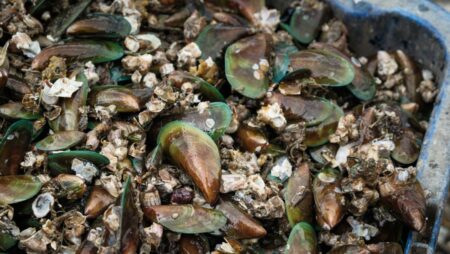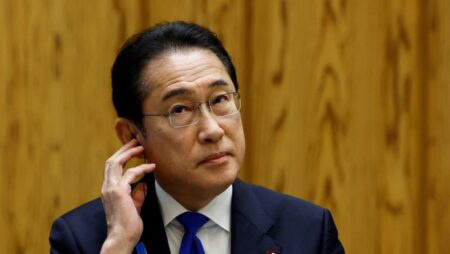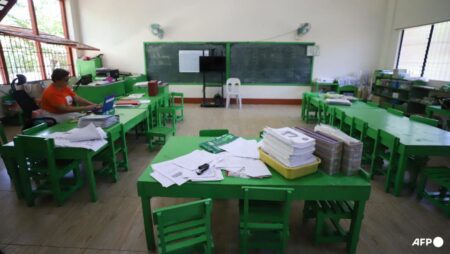The Japanese Meteorological Agency (JMA) declared on Thursday that the country’s most common and popular “somei yoshino” variety of cherry tree was in full bloom, four days later than average for the city.
While the agency attributes this year’s tardy blooms to cold weather, it has raised the alarm that climate change is making the delicate petals appear sooner in the long term.
Last year’s sakura began to flower on Mar 14 – the joint earliest date on record along with 2020 and 2021 – and hit full bloom on Mar 22.
“Since 1953, the average start date for cherry blossoms to bloom in Japan has been becoming earlier at the rate of approximately 1.2 days per 10 years,” the JMA says.
“The long-term increase in temperature is thought to be a factor” as well as other reasons such as the urban heat island effect, according to the agency.
Tourism to Japan has been booming since pandemic-era border restrictions were lifted, and an international crowd was also out enjoying the scenery on Thursday.
Kamilla Kielbowska, a 35-year-old from New York, planned her third trip to Japan around the blossoms.
“We arrived here on, I believe, Mar 23. And I was joking … ‘OK, we gotta go to this park straight from the airport, I cannot miss sakura.”
But “it was super cold, and no trees were blossoming. And I was a little bit sad, but hoping that I’ll still see them in full blossom before I leave”.
“It definitely lived up to expectations,” she said, calling the sight “marvellous” and “very magical”.
Katsuhiro Miyamoto, professor emeritus at Kansai University, estimates the economic impact of cherry blossom season in Japan, from travel to parties held under the flowers, at 1.1 trillion yen (US$7.3 billion) this year, up from 616 billion yen in 2023.
Read the full article here










